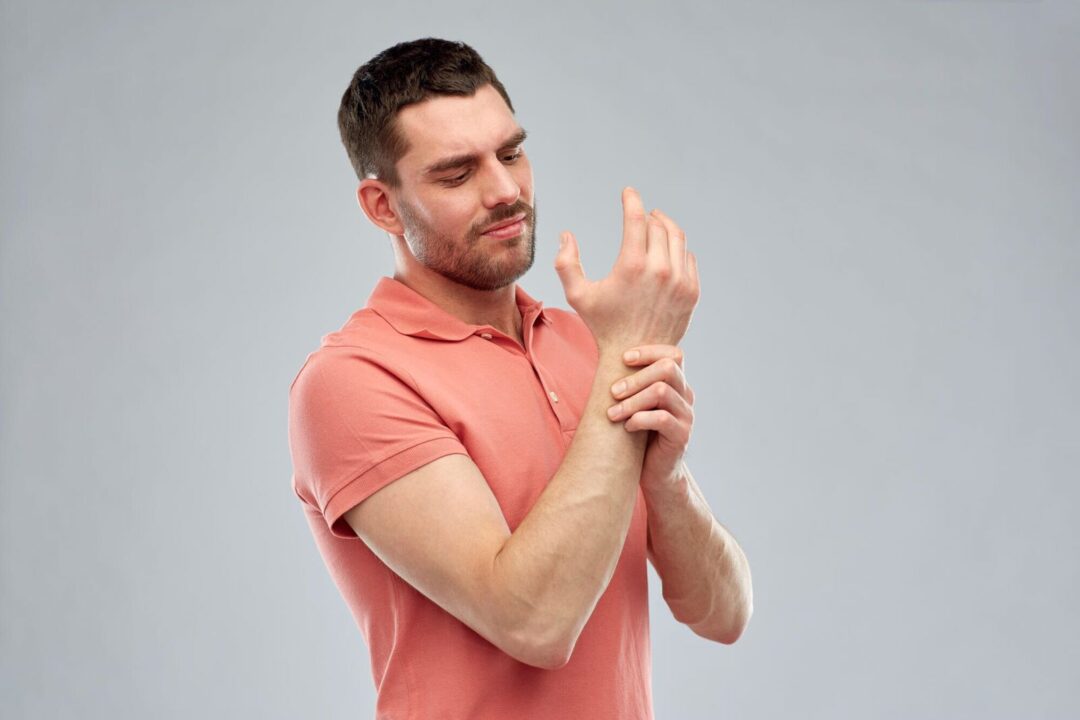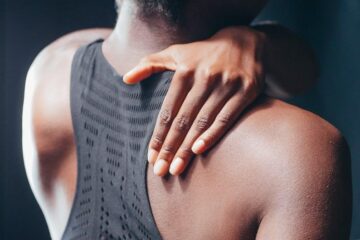What if bending your finger became a permanent challenge? This is the reality for those living with PIP (proximal interphalangeal) flexion contractures.
Stiffness and limited movement in the finger joints can turn simple tasks into difficult hurdles. But there’s hope!
Hand rehabilitation devices designed for hand therapy and mobility can restore function and make daily life easier. Keep reading to discover how these tools can help you manage flexion contractures and reclaim your hand’s mobility.
Understanding PIP Flexion Contractures
When the middle joint of your finger gets stuck and bent, you have a PIP flexion contracture. Different things can cause it, such as different types of injuries or health problems like arthritis or damaged tendons.
Tissues around the joint get tight or scarred over time, making it harder to move. If these contractures aren’t treated, they can get worse, so it’s important to start treatment right away.
Enhancing Mobility with Joint Mobility Aids
Joint mobility aids are great for getting stiff fingers to move again. They put gentle, steady pressure on the joints to make them more flexible.
Some aids, like finger orthotics with springs, can stretch and strengthen the joint without hurting it. These tools are especially useful after surgery or being unable to move for a long time.
Using Hand Therapy Tools to Build Strength
Hand therapy tools do more than help you be more flexible; they also help your hand muscles get stronger. Some common ones are stress balls, therapy putty, and grip trainers.
These tools help your fingers work together better and stay balanced. For the best results, therapists often say to do these exercises along with mobility aids. To start improving today, check out the Digit Widget, a handy tool for increasing finger motion.
Types of Treatment Devices
There are different kinds of devices that can help with PIP flexion contractures, each one designed for a different level of severity and need. Static splints hold the finger out straight, gradually stretching out tight tissues.
Dynamic orthoses help you move more and be more flexible by using controlled forces. With both prefabricated and custom-made options, each patient can get a fit that is just right for them.
Orthotic Devices for Fingers
For PIP flexion contractures, orthotic devices for the fingers, like custom splints, work very well. They keep the hurt finger in a certain position, which helps loosen up tight tissues over time.
A lot of these gadgets are small, light, and adjustable, so they’re easy to use all day. Orthotics are a great long-term way to keep your joints healthy and mobile.
Combining Devices with Rehabilitation Therapy
Even though treatment devices are important, they work better when used with rehabilitation therapy. Occupational and physical therapists make individualized exercise plans to help people who use splints.
The causes of the contracture are worked on with stretching, strengthening, and mobilization exercises. By following up regularly, changes can be made to the device or therapy plan as needed.
Take Charge of Flexion Contractures
Forearm flexion contractures can make it very hard to use your hands, so it’s important to get help right away. Helpful tools for treating these conditions include splints and orthoses.
Providing passive stretching and encouraging tissue realignment, help lower pain and stop deformities from getting worse. Utilizing these tools along with rehabilitation therapy improves the treatment’s overall effectiveness.
Innovations in technology promise even better results in treating flexion contractures. Patients can get better through proper care and regain function.
Did you like this guide? Great! Browse our website for more!




